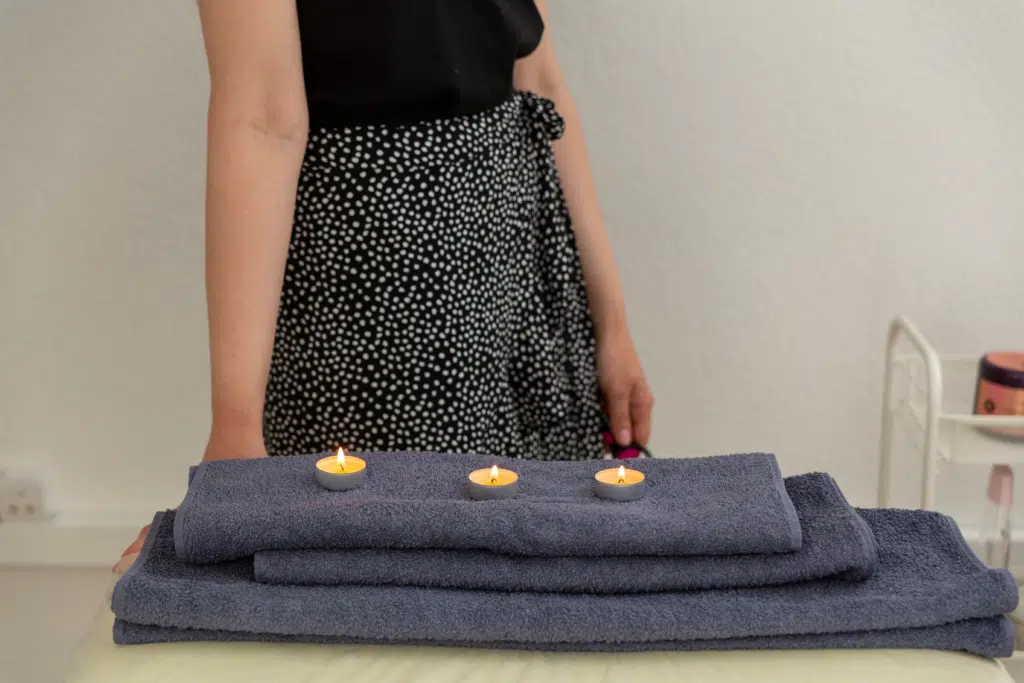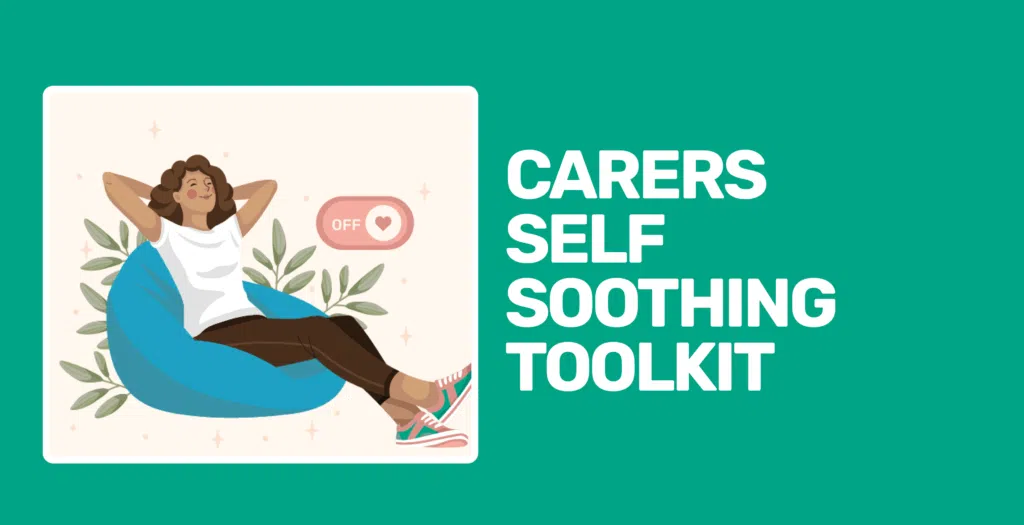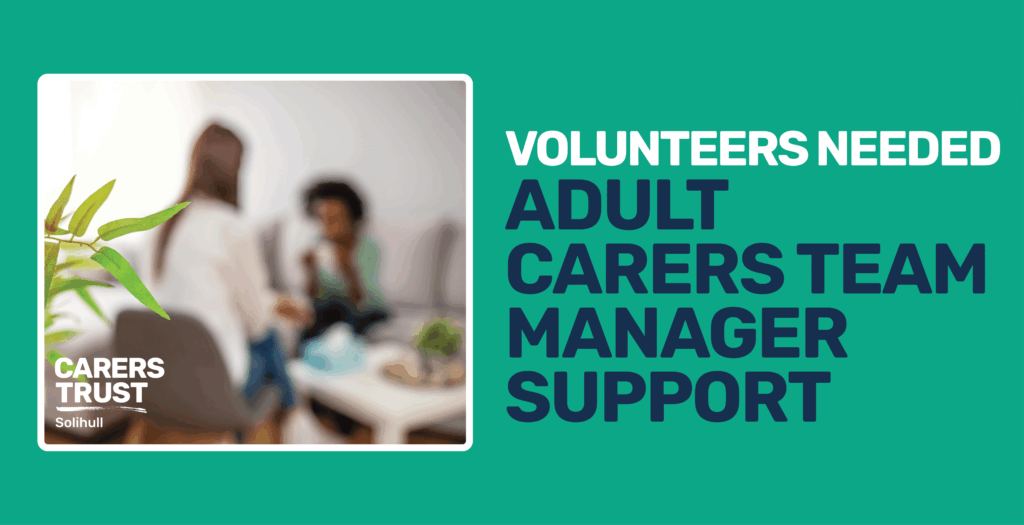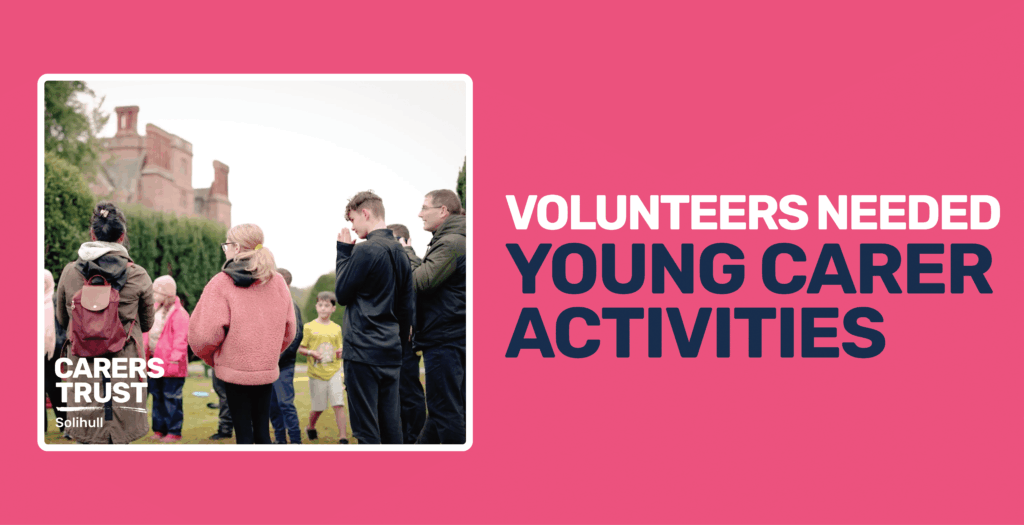Carers' Self-Soothing Carers' Self-Soothing Carers' Self-Soothing Carers' Self-Soothing Carers' Self-Soothing Carers' Self-Soothing Carers' Self-Soothing Carers' Self-Soothing Carers' Self-Soothing Carers' Self-Soothing Carers' Self-Soothing Carers' Self-Soothing Carers' Self-Soothing Carers' Self-Soothing Carers' Self-Soothing Carers' Self-Soothing
Caring takes a lot — time, energy, patience. But when your mind races or body is shaking with worry or stress, and there’s no time for rest, you need something fast, easy, and real to calm you.
This Carers’ Self-Soothing Toolkit is for those moments. To help you find a lifeboat when all around you feels like storming waters.
Quick Access

4-7-8 Breathing
To calm your mind, settle your breathing, and slow any spiralling thoughts
When you’re tense or overwhelmed, your body shifts into a fight-or-flight state. Your breathing can shorten, your heart races, and your thoughts run ahead of you. Yet when there is nothing to fight, and you’re a carer who can’t run, the body can keep you locked in to this paralysing state of fight or flight. The 4–7–8 breathing method interrupts this and helps bring you back. It’s used in sleep clinics, trauma therapy, and stress management.
It works by restoring balance between body and brain, telling your nervous system that the crisis has passed — even if your mind isn’t convinced yet. Originally rooted in yogic breathing (pranayama), this method has been popularised by sleep and wellness experts for its powerful, fast-acting effects on the nervous system.
According to WebMD, it helps to regulate cortisol levels, slow your heart rate, and ease anxiety — all within a matter of seconds.
It’s not magic. It’s just rhythm — and rhythm calms the body more than words.
How to Do It
-
Inhale through your nose for 4 seconds
-
Hold your breath for 7 seconds
-
Exhale slowly through your mouth for 8 seconds
-
Repeat this pattern 3 to 4 times, or until your body begins to settle
The breath out should always be longer than the breath in. That’s what signals safety to the brain.
Your fight or flight response is there to protect you, but when it’s used every day, it can play havoc on your body, even suppressing your immune system. This technique works even if your thoughts are still loud. Do it beside the sink, in the bathroom, in a waiting room. No one even has to know you’re doing it.
Why it works
WebMD explains 4–7–8 breathing stimulates the vagus nerve, which runs from your brain through your chest and into your abdomen. Stimulating this nerve switches your body from fight-or-flight mode into rest-and-digest mode — calming the sympathetic nervous system and activating the parasympathetic one.
This has been linked to:
-
Lower blood pressure
-
Reduced anxiety symptoms
-
Better emotional regulation
-
Improved sleep and tension release
It’s especially useful for carers who struggle to relax at night, experience burnout, or are supporting someone in distress but need to hold it together in the moment.
When to Use It
-
Before a difficult phone call or appointment
-
When your thoughts are racing
-
After a meltdown or argument
-
Before trying to sleep
-
When you feel like you’re “about to cry but can’t”
“I can’t fix everything right now. But I can slow my breath.” That’s where calm begins.
Run Your Hands Under Warm or Cool Water
To regulate your nervous system and soothe emotional overload.
This might seem simple — and that’s exactly why it works. You’re not trying to solve the problem. You’re giving your nervous system something steady to hold onto.
When you’re upset, frightened, or overstimulated, your senses can either shut down or go into overdrive. This technique reconnects your body and brain, using safe physical sensation to gently disrupt the emotional spike.
The Water Technique, as taught by Trauma Research UK, is a quick and simple way to interrupt the body’s stress response and ground yourself using the power of sensory input. It’s often used by people recovering from trauma, anxiety, or panic attacks — but its strength lies in how immediate and physical it is.
How to Do It
-
Go to a sink or basin and turn on the cold or warm tap — whichever feels most calming.
-
Place your hands under the stream. Let the water flow freely over your palms and fingers.
-
Say aloud or think to yourself: "“This is just a feeling. It will pass.” “I am safe. I am in control. I can get through this.”
-
Focus on the sensation — the texture, the temperature, the movement.
-
Stay with the water for 30–60 seconds, breathing slowly.
Some people find cool water more effective during high anxiety; others prefer warmth. Try both, and see what calms your system best.
Why It Works
According to Trauma Research UK, this technique activates the sensory processing centres of the brain, which can override emotional centres that trigger anxiety and panic. In simple terms — it gives your brain something real to focus on.
-
Reducing panic or overwhelm
-
Creating a pause between reaction and response
-
Reconnecting you to your body after disassociation or zoning out
-
Calming the sympathetic nervous system (the fight-or-flight response)
It’s also discreet. You can do it in public loos, hospital sinks, kitchen taps — anywhere there’s running water.
When to Use It
-
After an argument or emotional outburst
-
When your heart is racing or your chest feels tight
-
During moments of numbness or feeling ‘checked out’
-
When your thoughts feel jumbled or you’re overstimulated
-
When you can’t cry but feel like you need to
It’s not about fixing everything. It’s about finding one safe moment. This is that moment.
5–4–3–2–1 Grounding
To return to your senses when anxiety takes you out of the moment.
When stress floods your system, it can feel like you’re floating outside yourself — mind racing ahead, hands shaking, everything feeling too loud or too far away. The 5–4–3–2–1 technique is one of the most widely used grounding tools for this.
According to TherapistAid, grounding techniques work by directing your focus away from what’s happening in your mind, and back toward what’s happening around you. They help disrupt the anxiety loop and bring a sense of safety and control back to your body.
The 5–4–3–2–1 method is especially effective because it’s rooted in the five senses, which are powerful anchors when your thoughts feel like they’re running too far ahead.
How to Do It
Say each step aloud (if you can), or silently in your head:
-
5 things you can see – Look around and name them. Big or small.
“Curtains. My keys. A mug. That photo. The floor.” -
4 things you can feel – Touch objects near you. Your clothes. Your seat.
“The chair. My hands. My jumper. My socks.” -
3 things you can hear – Let your ears pick up even quiet sounds.
“The fridge. A car outside. My breath.” -
2 things you can smell – If nothing’s obvious, move or sniff something nearby.
“Soap. My jumper. The air.” -
1 thing you can taste – If nothing is in your mouth, describe a remembered taste.
“Tea. Toothpaste. Nothing.”
Say each one aloud if you can. Whisper them. Tap your finger with each one.
Hull NHS Trust recommends repeating this cycle slowly and intentionally, allowing your body time to respond. The technique can also be used preventively, not just in moments of panic.
Why it Works
As explained by Trauma Research UK, this method helps those who feel “spaced out,” disconnected, panicked, or overwhelmed. It interrupts automatic responses from the amygdala, the brain’s fear centre, and shifts focus to the present moment.
The Lincolnshire NHS Trust describes it as a way to “slow things down” when your thoughts are spiralling, particularly for young people — but it’s equally powerful for adults under chronic stress, such as carers dealing with exhaustion or emotional burnout.
When to Use It
-
When anxiety hits you suddenly and you need to feel “real” again
-
When your thoughts won’t slow down
-
When you feel detached, spaced out, or disconnected
-
When you’re overwhelmed and need to get through the next five minutes
-
When your body is reacting, even if your mind seems calm
No one around you even has to know you’re doing it. Just look, touch, listen, breathe.
Hold an Object That Grounds You
To interrupt overwhelm with something solid, weighty, and real.
When your thoughts become too fast, or too loud — when your chest tightens and your limbs feel far away — the world can stop feeling safe. Or even real.
Grounding objects give you something solid to focus on physically, so that emotionally, you have somewhere to stand. According to the University of Arizona CAPS service, holding an item with texture, weight, or meaning can anchor your attention away from panic or dissociation, and back into your body.
It’s especially helpful for carers who don’t always have time for long exercises or privacy. One small object. One moment to pause.
What to Use:
Pick something small, tactile, and comforting. Examples include:
-
A smooth stone, shell, or crystal
-
A piece of fabric or ribbon
-
A worry coin or wooden bead
-
A keyring or small token with meaning
-
A fidget cube or textured item
-
One or two ball bearings and grind them together, magnetic or non-magnetic.
The item doesn’t need to have sentimental value — but it can. The important part is how it feels in your hand.
Talkspace notes that sensory grounding is particularly effective for anxiety or PTSD because it creates a bridge between mental chaos and physical reality.
Why It Works:
When you’re overwhelmed, your brain shifts into survival mode. By focusing on the sensory input from an object — the coolness of metal, the roughness of a stone, the softness of cloth — you give your nervous system a cue that you’re not in danger.
According to PositivePsychology.com, this can:
-
Reduce intensity of panic
-
Lower dissociative symptoms
-
Provide a familiar “anchor” in unfamiliar or stressful situations
-
Help you self-soothe in environments where speaking or moving isn’t possible
As Thrive Global puts it: “The object becomes your thread back to the here and now.”
When to use It:
-
During long appointments or meetings
-
When entering a hospital or medical setting
-
Before making a difficult phone call
-
While waiting for news
-
When feeling ‘unreal,’ spaced out, or shaky
Try pairing the object with a phrase like, “I am here. I am safe. This will pass.”
Repeat until your breath slows and your thoughts soften.
Soothing Sound
To steady your emotions, regulate your rhythm, and soften what feels hard.
Music has the power to reach places that words can’t. When you feel overstimulated, shut down, or emotionally frayed, listening to something calm can act like a balm for the nervous system — especially for carers who often carry more stress than they show.
According to our guide How Music affects Mental Health, which goes into more detail and has more resources, music can reduce cortisol levels, slow your heart rate, and stimulate the release of dopamine — the brain’s natural reward chemical. It’s not just entertainment. It’s a tool for emotional self-regulation.
In the context of caring, where unpredictability and exhaustion are common, building short musical breaks into your day can make the difference between coping and crashing.
What to Listen To:
There’s no “correct” track — but choose something that contrasts your current state:
-
Feeling panicked? Try low cello, ambient rain, or white noise
-
Feeling numb or disconnected? Try something gentle but rhythmic
-
Need comfort? Try familiar music that feels safe and nostalgic
You could explore
-
BBC Sounds – for calming radio or nature series
-
Calm Radio – curated channels for focus, sleep, or emotion
-
Insight Timer – free library of music, meditations, and soundscapes
-
YouTube: Search “soothing instrumental,” “ambient piano,” or “meditative rain”
Or simply build your own “calm playlist” on your phone. Repeat tracks are fine — in fact, repetition often helps regulate the brain more deeply. Our guide, How Music affects Mental Health, also has examples of sounds you can click and play, totally free! We’re sure you’ll find something you like.
Say each one aloud if you can. Whisper them. Tap your finger with each one.
As detailed in our guide, music affects the autonomic nervous system. Soothing sounds can lower blood pressure, regulate breathing, and create a physiological response of safety.
It can also:
-
Shift your emotional state without requiring mental effort
-
Help process difficult feelings without forcing language
-
Act as a cue to pause, breathe, or reflect — even in the middle of a long day
For carers who can’t always “take a break,” music becomes a subtle way of claiming space — a few minutes of sound that belongs to you.
When to Use It
-
During a rest break, even if brief
-
While walking or travelling between places
-
Before sleep to quiet the mind
-
After an argument or distressing episode
-
While journaling, breathing, or simply sitting still
You don’t need a perfect moment. Just a sound that reminds you you’re human, not just a role.
When Soothing Isn’t Enough
This toolkit is for moments, not months. If the weight doesn’t lift, or if you feel unsafe with your own thoughts, there is no shame in needing more.
You can contact us, we encourage it, for a friendly chat about whatever it is that is on your mind.
-
Call Us: 0121 788 1143
-
Email Us: centre@solihullcarers.org
You can find numerous services and mental health support services, for all ages, by clicking here and using our support directory by clicking the button below:
Resources & Crisis Support
You are not alone.






